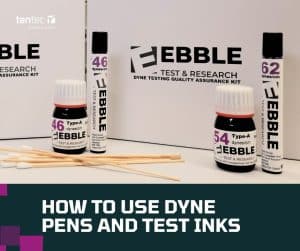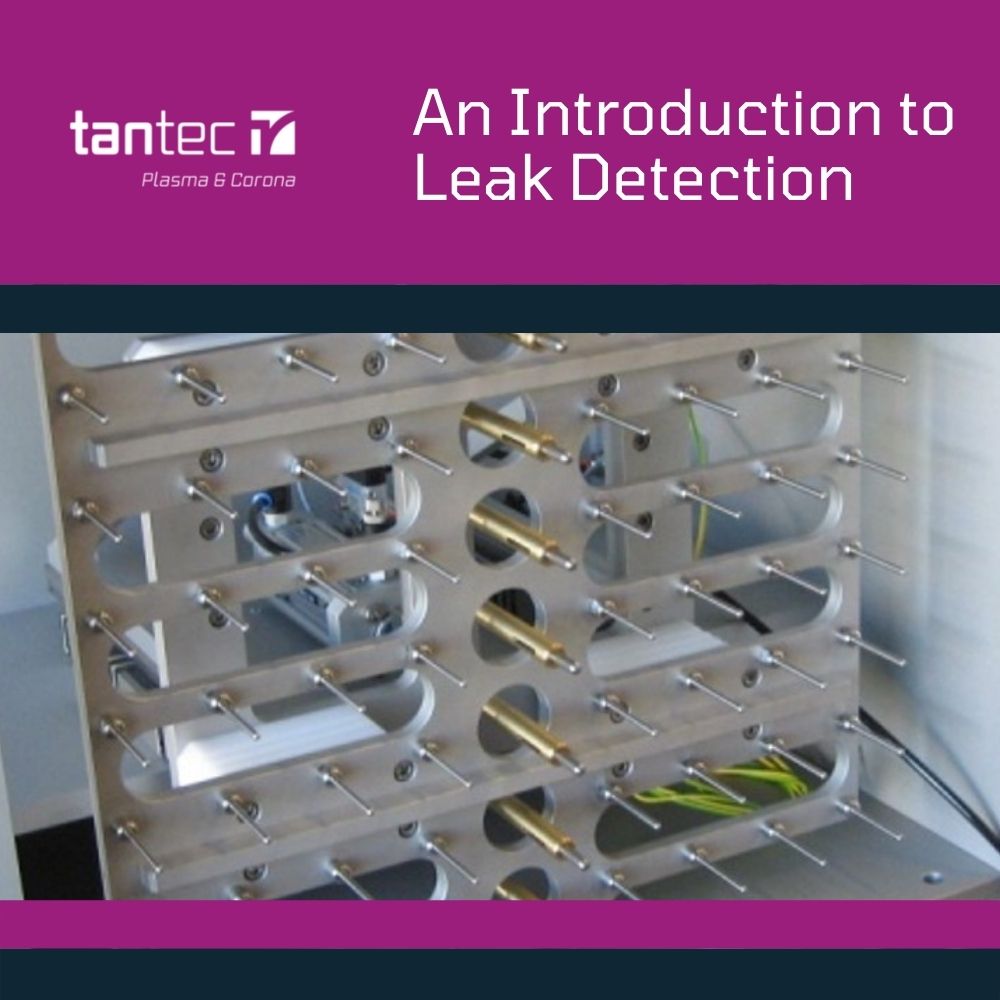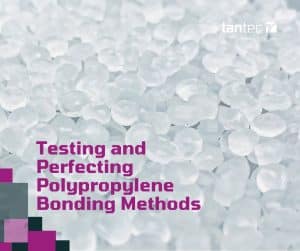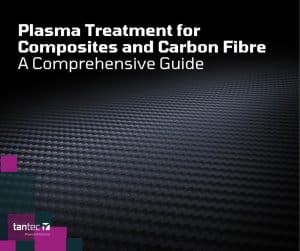
How to use Dyne Pens and Test Inks
Read this to find out the official way to get

Leak detection systems have long played an invaluable role in quality control for engineering organisations around the world. As products have evolved, so has the need for comprehensive leak detection equipment able to probe the most complex shapes, materials and geometries. As a result, methods have continued to develop, resulting in state-of-the-art technology such as our very own LeakTEC systems. So, what is leak detection and how can it benefit your manufacturing process?
Leak detection is traditionally carried out as a quality control procedure and is used to detect a defect in the surface of a product, enabling fluid or gas to move through the material from one place to another. This is particularly critical in industries such as the food and pharmaceutical sectors, where exposure to the atmosphere for a prolonged period of time can cause products and medicines to spoil.
A leak test has three primary aims when taking place:
Historically, leak detection has typically used common methods including underwater bubble tests, bubble soap paint, pressure and vacuum decay and tracer gas detectors.
This method of leak detection deploys a tracer gas to flow through any potential leak, where it can subsequently be detected and measured. The technology, which has historically been used in markets such as the automotive, petrochemical and semiconductor industries, uses a common range of gases. These include halogen (CFC, HCFC and HFC refrigerant), helium and a mixture of Nitrogen and Hydrogen (95%-5%). However, there are positives and negatives to using these technologies.
A once-popular gas used in leak detection, halogens have experienced a massive decline in use following their listing as environmentally damaging in the 1992 Kyoto Protocol and 1987 Montreal Protocol on substances that deplete the ozone layer.
Another gas with a long history of use in leak detection thanks to its physical properties, Helium is popular in tracer gas leak testing. An inert gas, it isn’t toxic or flammable and is non-reactive with compounds, attracting many companies to use it over the years. However, it is liable to contaminate an area for a long-time if allowed to leak slowly into the atmosphere and requires expensive detector equipment – both in terms of initial cost and long-term maintenance.
This mix of gases utilises hydrogen’s ability to act as an effective tracer gas for leak testing; as the lightest element, it is able to quickly fill, evacuate and dissipate. It is also able to quickly detect leaks, vent away and doesn’t stick to surfaces as easily as helium atoms.
Cue Tantec UK’s electrical leak detection system – the game-changing LeakTEC. Designed as the ultimate non-destructive method of quality assurance, our state-of-the-art technology deploys an electrical current to detect any holes or defects in non-conductive single-layer materials. Furthermore when coupled with automation, individual problem parts can be automatically removed from the process without having to scrap an entire batch. We’ve saved our customers thousands of hours (and a lot of money) via our machine’s ability to check dozens of parts every single second, giving them a rapid, reliable and repeatable operation.
Tantec UK’s specialist leak detection system provides a multitude of benefits for manufacturers, no matter what industry they serve.
Our cost-effective equipment solely utilises electricity; there’s no need to pay for, take delivery of and store additional tracer gases. It’s an extremely effective, environmentally-friendly solution that doesn’t expose your operators or release chemicals into the atmosphere; it is simply a load, automate and unload system. It is ideal for the welfare of your employees, as well as your green credentials.
Furthermore, our LeakTEC systems offer full process control and traceability, enabling you to run an efficient, cost-effective manufacturing operation. Entire batches can receive 100% part-testing in a matter of seconds with our multi-cavity tooling, catering for up to 64 components at any one time.
So now you know what leak detection is and how it plays an invaluable role in ensuring high-quality production. There’s no doubt that as pressures increase on manufacturers to reduce their emissions, environmentally-friendly technologies such as our LeakTEC system will continue to offer customers superior performance – and value – over traditional methods.
If you’re looking for a high-quality, reliable leak detection system that can easily integrate into your manufacturing process, contact our experts at Tantec UK today on 01527 304 004 or info@tantec-uk.com for a confidential discussion about how we can help.

Read this to find out the official way to get

Polypropylene (PP) bonding is traditionally a difficult task due to

Composites are becoming increasingly important in manufacturing, whether these are
40A Crossgate Road
Park Farm Industrial Estate
Redditch
B98 7SN
Tel: 01527 304 004
Email: info@tantec-uk.com
